Introduction
Salt-baked shrimp, a culinary delight that hails from coastal regions where fresh seafood is abundant, offers a unique and flavorful way to enjoy this aquatic delicacy. Unlike traditional shrimp dishes that rely heavily on sauces or spices, salt-baked shrimp leverages the simplicity of ingredients and the art of cooking to bring out the natural sweetness and texture of the shrimp. This method of preparation not only preserves the shrimp’s juices but also infuses it with a subtle, briny flavor that is both intriguing and delightful. In this guide, we’ll walk you through the step-by-step process of making perfect salt-baked shrimp, ensuring that you can recreate this gourmet dish at home with ease.
Section 1: Preparing Your Ingredients

Before diving into the cooking process, it’s crucial to gather all the necessary ingredients and tools. Here’s what you’ll need:
- Fresh Shrimp: Choose large, firm shrimp with tight shells and a fresh, slightly sweet aroma. Avoid shrimp that have a strong fishy odor or appear slimy.
- Coarse Sea Salt: This is essential for creating the salt crust that will bake the shrimp. Avoid using fine table salt, as it can result in an overly salty flavor and a less effective crust.
- Egg Whites: Used to bind the salt together and form a cohesive crust without adding extra moisture that could steam the shrimp rather than bake it.
- Herbs and Spices (Optional): You can enhance the flavor of your salt-baked shrimp by incorporating herbs like dill, parsley, or thyme, and spices such as black pepper, paprika, or garlic powder.
- Aluminum Foil or Baking Paper: To line your baking dish and prevent the salt from sticking.
- Baking Dish: A shallow, oven-safe dish that can accommodate the shrimp in a single layer.
- Oven Mitts and a Spatula: For safely handling the hot salt crust and transferring the shrimp.
Section 2: Preparing the Shrimp
-
Rinse and Dry: Start by rinsing the shrimp under cold running water to remove any dirt or debris. Pat them dry thoroughly using paper towels. Moisture trapped inside the shrimp can cause steaming, which will prevent the crust from forming properly.
-
Devein and Clean: If desired, use a sharp knife or a shrimp deveiner to remove the intestinal tract (the “vein”) running along the shrimp’s back. This step is more for aesthetic purposes and to reduce bitterness; however, it’s not strictly necessary.

-
Season: Lightly season the shrimp with salt (if using additional salt, be mindful of the amount since the crust will also be salty) and any chosen herbs and spices.
Section 3: Creating the Salt Crust
-
Preheat the Oven: Preheat your oven to 400°F (200°C).
-
Prepare the Salt Mixture: In a large bowl, combine enough coarse sea salt to cover the bottom of your baking dish in a thick, even layer. Add a few beaten egg whites to the salt and mix until the mixture resembles wet sand. The egg whites should be just enough to bind the salt together without making it too wet.
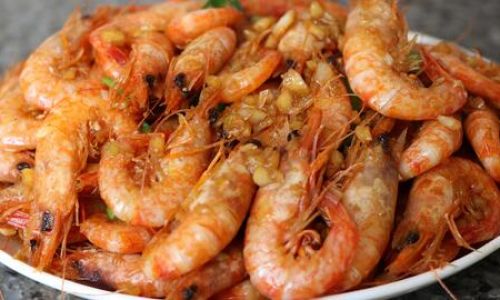
-
Flavor the Crust (Optional): Incorporate your chosen herbs and spices into the salt mixture for an extra layer of flavor.
Section 4: Assembling and Baking
-
Line the Dish: Line your baking dish with aluminum foil or baking paper to make cleanup easier.
-
Create the Crust: Spread half of the salt mixture evenly over the bottom of the prepared dish. Arrange the seasoned shrimp in a single layer on top of the salt. Pack the remaining salt mixture around and over the shrimp, ensuring they are completely covered. The crust should be thick enough to encapsulate the shrimp but not too bulky, as it needs to bake through evenly.
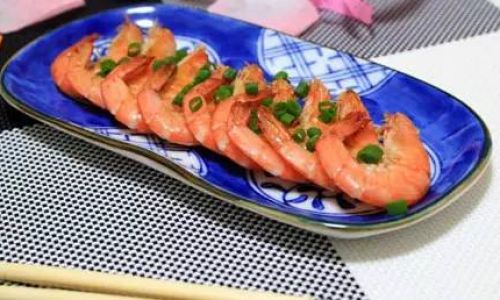
-
Bake: Place the dish in the preheated oven and bake for about 15-20 minutes, or until the salt crust has turned golden brown and feels firm to the touch. The exact baking time may vary depending on the size of your shrimp and the thickness of the crust.
Section 5: Serving and Enjoying
-
Crack and Peel: Carefully remove the baking dish from the oven and let it cool slightly. Use oven mitts and a spatula to crack open the salt crust. Peel away the salt layer to reveal the beautifully baked shrimp.
-
Present and Serve: Arrange the shrimp on a serving platter and garnish with fresh herbs or lemon wedges if desired. Serve immediately while hot for the best texture and flavor.
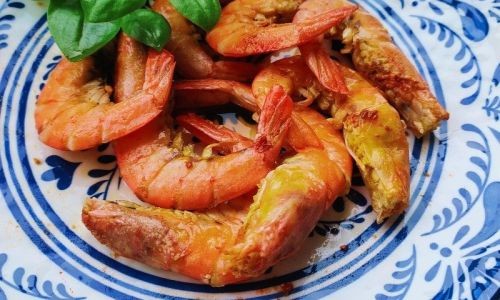
Conclusion
Making salt-baked shrimp at home may seem like an intimidating task, but with the right ingredients and careful attention to detail, you can achieve a restaurant-quality dish that will impress even the most discerning palate. The beauty of this cooking method lies in its simplicity and the way it allows the shrimp’s natural flavors to shine. Whether you’re hosting a dinner party or simply treating yourself to a gourmet meal, salt-baked shrimp is a delightful and elegant way to enjoy this versatile seafood. Happy baking!
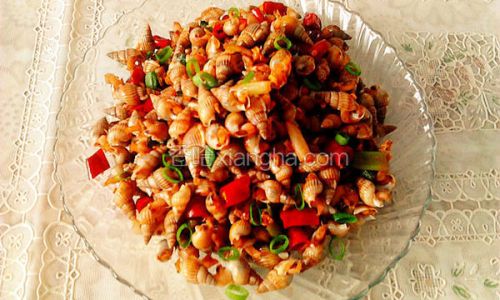
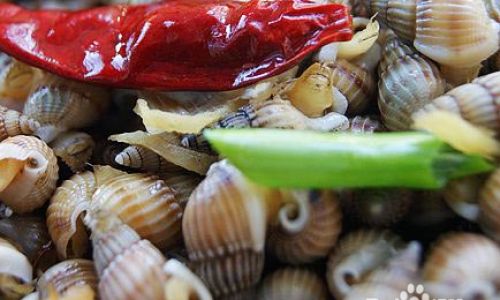
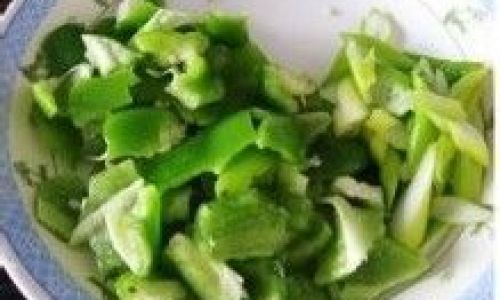

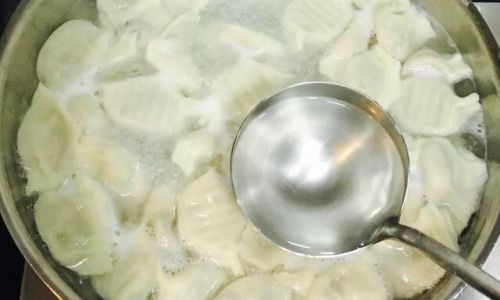
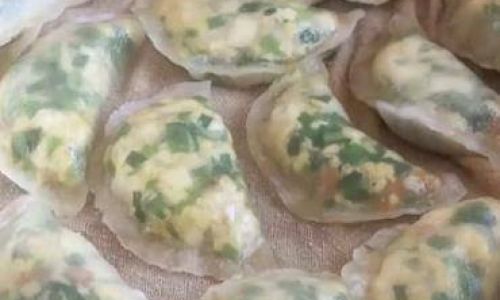
0 comments